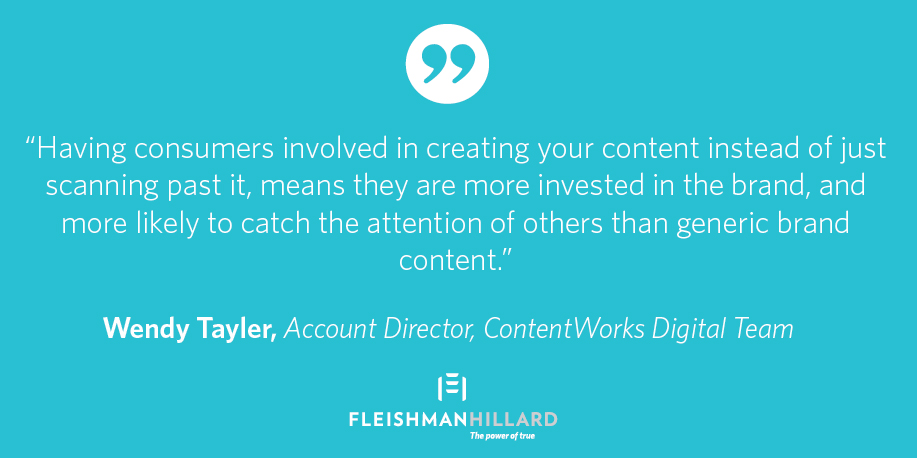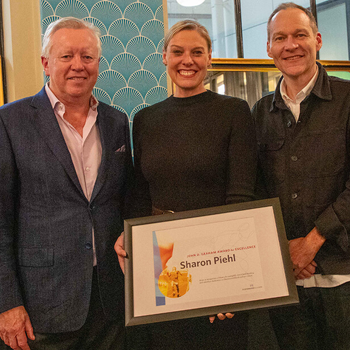The power of user generated content
I bet you’ve heard this before:
“The world’s largest taxi company owns no taxis (Uber). The largest accommodation provider own no real estate (Airbnb). The most valuable retailer has no inventory (Alibaba). The most popular media owner creates no content (Facebook). And the world’s leading movie house owns no cinemas (Netflix).”
But I bet you haven’t considered the fact at all these businesses have essentially made their fame through user generated content. Without the images of the homes on Airbnb, the artwork of the movies on Netflix, and the 5 billion pieces of content shared on Facebook daily by users, these brands wouldn’t exist as they do today.
One of the major buzzwords of 2014 was definitely ‘crowdsourcing’. Everything had to be a collaboration between you and your audiences, fans and customers. And although it’s not spoken about as often in 2016, it’s still a huge part of successful marketing. It’s no secret that in the age of the selfie, we have become a rather narcissistic society, wanting everything to be personalised, customized, and immediate.
So why don’t we use this insight when talking to consumers? The benefits for a brand are endless. Having consumers involved in creating your content instead of just scanning past it, means they are more invested in the brand, and more likely to catch the attention of others than generic brand content. According to the publicly listed content solutions firm, BazaarVoice, an astounding 84% of millennials report that user generated content has at least some influence on what they buy. They also state that 86% of them believe user generated content is an indicator for a good quality brand or service.
So how do brands go about implementing user generated content for their social strategies? Start with the passion point – what does your brand and your target market have in common outside of the product or service itself? A great example of that is Red Bull. It’s no accident that they own the extreme sports space. Their research indicated this was a strong affinity among their target audiences, so they took ownership of that space and over time, their fans started creating the content for them. You’re unlikely to see an image or video of extreme sports without Red Bull branded gear in it.
With 70% of consumers placing peer recommendations and reviews above professionally written content, brands can’t afford to rely solely on their own content production. Going back to Facebook, Airbnb, and the Ubers of the world – when you provide the space for others to share, collaborate, and crowdsource with you, it’s hard to fail.

Written By: Wendy Tayler
Find Out More
-
Digital Insights Bulletin - October 2024
October 31, 2024
-
Sharon Piehl Wins 32nd Annual John D. Graham Award for Excellence
October 25, 2024
-
Digital Insights Bulletin - September 2024
September 30, 2024


